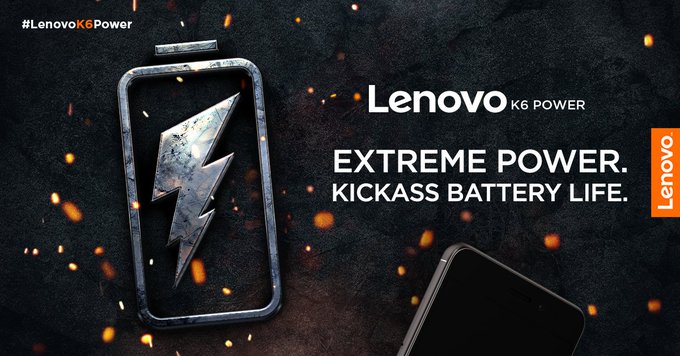By tech2 News Staff / 21 Nov 2016 , 09:23
In India, many associate brand Nokia with their first-ever mobile phone, and that’s one of the reasons why despite the no-show so far for many years, tech enthusiasts are still eagerly waiting for a Nokia smartphone. While rumours and leaked images make us believe that we are inching closer to the launch day, looks like Nokia has finally confirmed the smartphone for next year.
A chart at the Capital Markets Day presentation (via Nokiapoweruser) had pointers about the company’s plans n 2016, 2017 and 2018. And, 2017 confirms that brand Nokia will return to smartphones along with the possibility of an expanded VR leadership, digital health brand transition and also patent licencing for expansion in mobile, automotive and consumer electronics.
For 2016, it had listed the OZO VR camera launch that we’ve seen earlier this year, along with Withings acquisition, HMD brand and patent licencing and Samsung licence agreement expansion. For the year 2018, the plans include VR technology expansion, growth in remote patient care in Digital Health, continued incubation in new and adjacent areas and continued patent licencing growth and diversification.
Reports around Nokia CEO Rajeev Suri’s MWC 2017 keynote have been hinting at the possibility of the smartphone announcement being made at the tech show. However, some have already begun doubting a successful comeback.
Meanwhile, the Nokia D1C has begun popping its head quite often, and is believed to be the upcoming Nokia smartphone. The leaked renders show the usual candy bar shape dipped in gold, white and black colour options. The back shows the image sensor and LED flash, with the Nokia logo etched right at the centre. It also looks like the gold edition will come with a fingerprint scanner because the gold edition seems to have a dedicated home button.
The handset had recently appeared on Geekbench, giving us a sneak peek into some of its features. The device runs Android 7.0 Nougat and the benchmark app was run a few times. Scores showed 628 points in single-core and 3229 in multi-threaded loads. This isn’t exactly high-end, which is obviously due to the low-end octa-core Snapdragon 430 SoC, clocked at 1.4 GHz, with Adreno 505 GPU and 3GB of RAM. Apart from these details, now we have the new render images.




